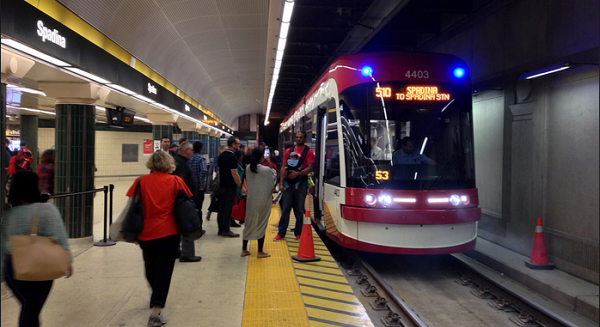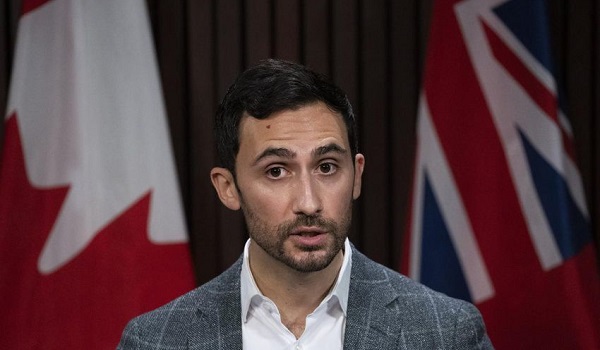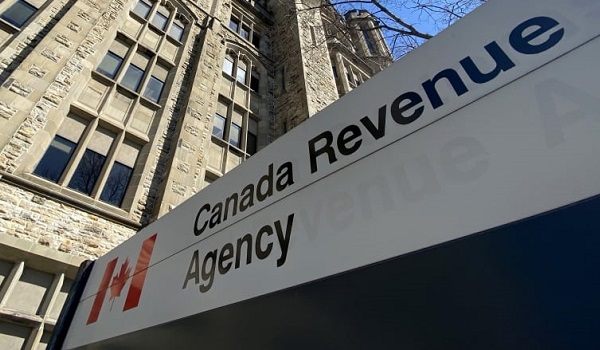Rogers turns on wireless service for its own customers at remaining TTC subway stations
Rogers Communications Inc. RCI-B-T +0.90% increase says it has turned on wireless service for its customers at all remaining Toronto subway stations plus a limited section of the tunnels, but it is again unclear when TTC riders with other mobile carriers could get the same access.
The announcement on Friday comes as the company continues to build 5G infrastructure for the entire network of subway tunnels, which includes 36 kilometres of remaining track.
Rogers initially said it expected to take two years to complete the process when it announced plans to upgrade and build the network in April – a timeline that the company said is still its goal.
Rogers had previously made its 5G wireless network available to all passengers in the Line 1 stations and tunnels in the so-called Downtown U from Union Station north to St. George and Bloor-Yonge, plus Spadina and Dupont stations. Riders have also been able to access the cellular network in 13 stations on Line 2, along Bloor Street from Keele station to Castle Frank, plus the tunnels between St. George and Yonge stations.
The latest project milestone makes service available to Rogers customers in tunnels between Sheppard West and Vaughan Metropolitan Centre stations, in addition to the stations themselves.
“I’m thrilled that our team has completed the upgrade of the legacy network well ahead of schedule,” said Rogers chief technology and information officer Ron McKenzie in a statement.
Rogers acquired the cellular network in the subway system from BAI Canada earlier this year and has been working to upgrade it. It gave its own customers a head start on using the network when it activated cellular service in the busiest sections of the Toronto subway system in August.
The federal government then mandated that Rogers give Bell Canada BCE-T -0.02% decrease and Telus Corp. T-T -0.64%decrease customers equal levels of service by Oct. 3, which it complied with.
The service for all carriers came amid months of tense back-and-forth negotiations between Rogers, Bell and Telus over the best technical approach, and financial terms, for the coverage.
Bell and Telus want a joint build of the TTC’s mobile network using a consortium model similar to that of Montreal’s Metro, rather than a pay-for-access approach. Rogers has not publicly committed to either model.
That dispute remains unresolved.
Rogers did not say in its announcement on Friday when Bell and Telus customers could expect to have service throughout the rest of the activated network.
In a statement, Rogers spokesperson Cam Gordon said the other carriers have had on-site access to Rogers’ TTC infrastructure since September to installtheir equipment and connect to the network.
“To connect all riders as quickly as possible, we have also put in place the same immediate solution we implemented in the busiest sections of the subway including the Downtown U, and Bell and Telus can launch service for their customersthis way in the new areas if they prefer this option,” he said.
“We’re ready when they are.”
Bell and Telus did not immediately respond to requests for comment.
The companies face a Dec. 20 deadline to negotiate commercial agreements to provide service on the subway over the long term.
This article was first reported by The Canadian Press















